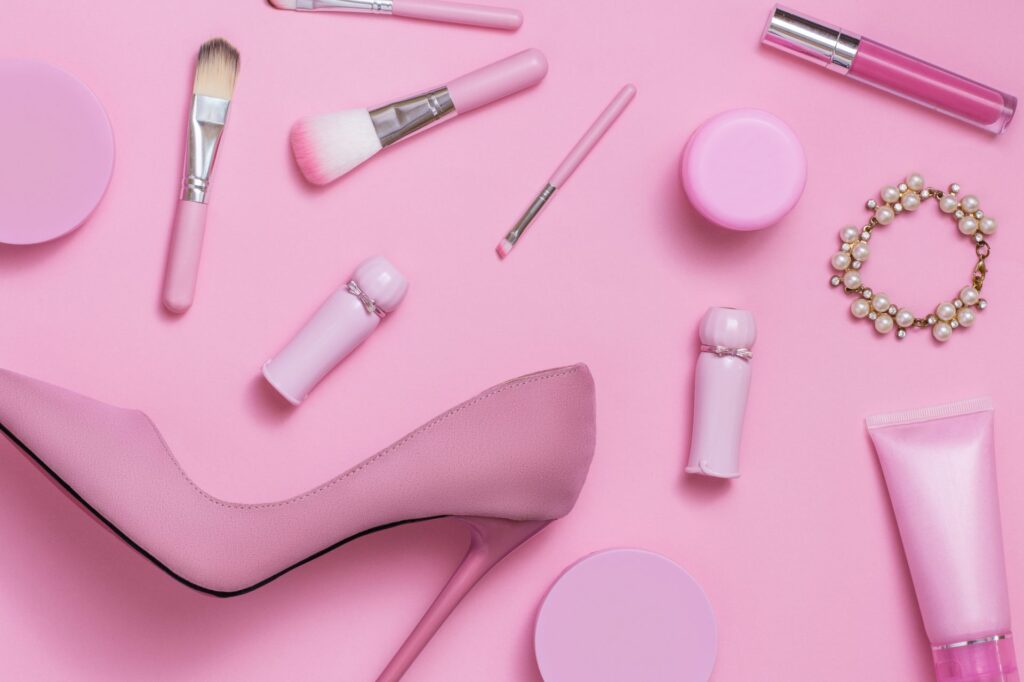Ever noticed how women’s razors cost more than men’s—despite looking and working exactly the same? That’s the pink tax at work.
It’s not a real tax, but it feels like one. The pink tax refers to how products marketed toward women—like razors, deodorant, shampoo, even toys—often cost more than similar ones marketed toward men. Sometimes the only difference is the color or scent.

A big study done in New York found that, on average, women pay 7% more than men for almost identical products. Over time, that really adds up.
So yes—the pink tax is real. But what about men? Do they deal with anything similar?
The answer is… kind of. Not in the same way, but men do face what we might call a “blue tax”—just not on everyday consumer goods.
For example, life and car insurance is usually more expensive for men, especially younger ones. That’s because statistically, men are seen as a higher risk. It’s not about what they’re buying, but how companies expect them to behave.

Men also don’t always have easy access to affordable grooming services like facials or spa treatments. Even though their products might be cheaper, they’re not always included in the self-care world—and when they are, the prices can be high.
There’s also the social side. Men who invest in skincare, fashion, or wellness sometimes get judged for it. They’re told to “man up” or “not care so much,” which can lead to neglecting self-care altogether. And that has its own long-term cost—personally and professionally.
So while women tend to pay more at the store, men often pay more in hidden ways—like expectations, social pressure, or professional dress codes.
In the end, both the pink tax and the blue tax come down to this: the cost of fitting into what society expects your gender to look like.
Next time you shop, pay attention to the little differences. They might be telling a bigger story than you think.
